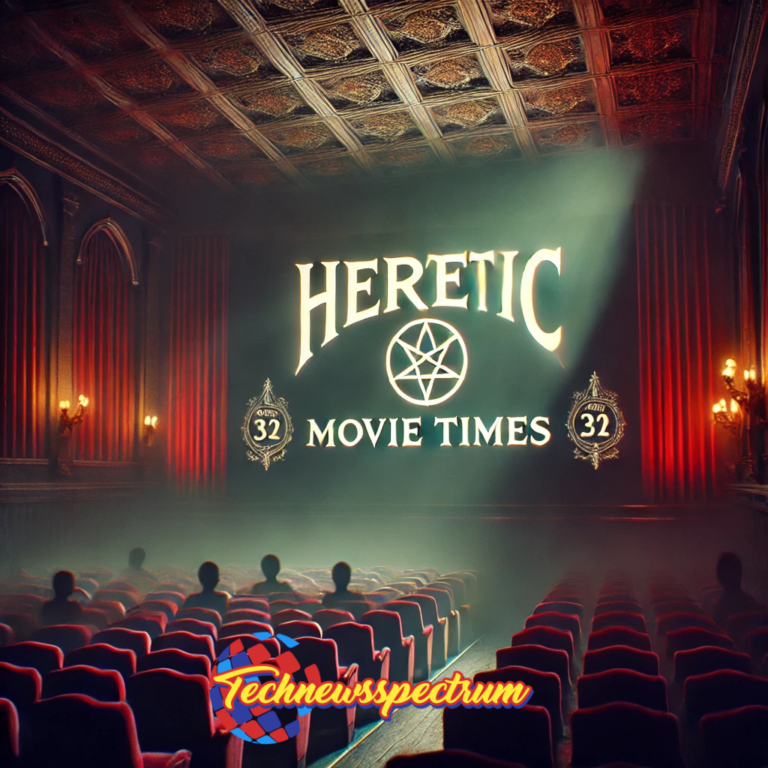Kevin Costner Robert De Niro: Legendary Journeys in Hollywood
Table Of Content
| Section | Heading |
| 1 | Introduction |
| 2 | The Early Life and Origins of Kevin Costner |
| 3 | The Formative Years of Robert De Niro |
| 4 | Rise to Stardom: Kevin Costner’s Breakthrough |
| 5 | Robert De Niro’s Iconic Ascent |
| 6 | Cinematic Contributions of Kevin Costner |
| 7 | Pioneering Performances by Robert De Niro |
| 8 | Collaborative Crossroads: Have Costner and De Niro Worked Together? |
| 9 | Awards and Honors: Testaments to Their Excellence |
| 10 | Advantages of Their Styles in Modern Cinema |
| 11 | Disadvantages and Critiques: A Balanced View |
| 12 | Importance of Kevin Costner and Robert De Niro’s Contributions |
| 13 | Features That Define Their Acting Legacy |
| 14 | Frequently Asked Questions |
| 15 | Conclusion: Final Reflections on Two Giants of Film |
Introduction
Navigating the shimmering world of Hollywood, few names resonate with the same gravity as Kevin Costner and Robert De Niro. Both legends, while uniquely different, have stamped their identities across decades of cinematic evolution. If you’re eager to embark on a cinematic journey that captures the essence of talent, resilience and innovation, look no further. Picture this: two actors, one grounded in the American heartland and the other rooted in gritty urban realism, both ultimately changing the face of film forever.

The Early Life and Origins of Kevin Costner
Kevin Costner’s journey began in Lynwood, California, in 1955. Born to a middle-class family, Costner’s upbringing instilled values of perseverance and ambition early on. Striving for greatness, he explored interests ranging from sports to music before ultimately falling for the art of acting. It’s interesting to note how his grounded, humble beginnings influenced many of his later roles, often portraying characters with moral complexity and a strong ethical backbone.
Key Early Influences:
- Blue-collar work ethic
- American frontier spirit
- Deep connection to storytelling through music and poetry
The Formative Years of Robert De Niro
On the other side of the country, Robert De Niro entered the world in Manhattan’s Greenwich Village in 1943. Growing up amidst artists and intellectuals, De Niro was exposed to creativity from a young age. In this context, it’s widely acknowledged that his early environment honed the emotional depth and intensity that would later define his legendary performances.
Crucial Early Factors:
- Parents were artists
- Influences from the Beat Generation
- Early passion for method acting
Rise to Stardom: Kevin Costner’s Breakthrough
Transitioning into the 1980s, Costner’s dedication finally bore fruit. His performance in “The Untouchables” (1987) unveiled a leading man that audiences found irresistibly relatable. In this realm, Costner showcased an ability to merge stoicism with vulnerability, a rare feat that set him apart.
Notable Early Films:
- Silverado (1985)
- The Untouchables (1987)
- Bull Durham (1988)
Robert De Niro’s Iconic Ascent
In terms of legendary career progressions, De Niro’s rise was nothing short of meteoric. From “Mean Streets” (1973) to the Academy Award-winning “Raging Bull” (1980), De Niro leveraged his intense method approach, creating characters that felt raw and alive. Moreover, he predominantly worked alongside directors like Martin Scorsese, a collaboration that would dominate Hollywood’s golden era.
Pivotal Films:
- Taxi Driver (1976)
- The Godfather Part II (1974)
- Raging Bull (1980)
Cinematic Contributions of Kevin Costner
Kevin Costner’s filmography reads like a love letter to America. Through films like “Dances with Wolves” and “Field of Dreams,” he explored themes of redemption, belonging and moral courage.
Signature Contributions:
- Revitalization of Westerns
- Authentic portrayal of American values
- Directorial excellence (Dances with Wolves)
In essence, Costner became a cinematic architect of the American experience.
Pioneering Performances by Robert De Niro
If there’s a manual for character immersion, Robert De Niro wrote it. Whether it was gaining 60 pounds for “Raging Bull” or working as a cab driver to prepare for “Taxi Driver,” De Niro’s commitment was and remains, unmatched.
Key Acting Innovations:
- Method acting to an extreme degree
- Collaboration with Scorsese
- Emotional vulnerability beneath a tough exterior
Collaborative Crossroads: Have Costner and De Niro Worked Together?
Interestingly, while both have shared the screen in The Untouchables (1987), their styles seldom intersected thereafter. Kevin Costner’s heartland everyman contrasted sharply with De Niro’s gritty urban realism, making collaborations rare but captivating when they did occur.
Their Dynamic in The Untouchables:
- Costner: Stoic lawman
- De Niro: Flamboyant, ruthless gangster (Al Capone)
Awards and Honors: Testaments to Their Excellence
Both actors have a trophy shelf that screams excellence.
Kevin Costner’s Major Wins:
- Academy Award for Best Director (Dances with Wolves)
- Golden Globe Awards
- Primetime Emmy Award
Robert De Niro’s Accolades:
- Two Academy Awards
- Golden Globes
- Presidential Medal of Freedom (2016)
Thus, their accolades are a testament to decades of unparalleled artistry.
Advantages of Their Styles in Modern Cinema
Advantages of Kevin Costner’s Approach:
- Universal relatability
- Versatile storytelling
Advantages of Robert De Niro’s Method:
- Intense emotional authenticity
- Characters that linger in public consciousness
Moreover, both styles have paved paths for generations of actors.
Disadvantages and Critiques: A Balanced View
Critiques on Costner:
- Occasionally overly sentimental
- Risk-averse role choices post-2000
Critiques on De Niro:
- Inconsistent role selection in later years
- Sometimes accused of overacting in recent comedies
Bear in mind, however, that even legends have their occasional missteps.
Importance of Kevin Costner and Robert De Niro’s Contributions
It’s crucial to note that their careers shaped genres and acting methods for decades. Without Costner, the Western might have faded away sooner. Without De Niro, the psychological complexity of modern cinema protagonists would be significantly diminished.
Features That Define Their Acting Legacy
| Feature | Kevin Costner | Robert De Niro |
| Signature Style | Stoic, Heartfelt | Intense, Transformative |
| Iconic Genres | Westerns, Drama | Crime, Drama |
| Acting Method | Naturalistic | Method Acting |
Notably, these distinct approaches enrich Hollywood’s diversity of storytelling.
Frequently Asked Questions
1. Have Kevin Costner and Robert De Niro acted together after The Untouchables?
No, they have not shared the screen again since The Untouchables.
2. Which of Kevin Costner’s films won an Academy Award?
Dances with Wolves won multiple Academy Awards, including Best Picture and Best Director.
3. What is Robert De Niro’s most iconic role?
Many consider Travis Bickle from Taxi Driver or Jake LaMotta from Raging Bull his most iconic roles.
4. Did Kevin Costner ever win an acting Oscar?
No, Costner won for directing and producing but not for acting.
5. How does Robert De Niro prepare for his roles?
He famously uses method acting, fully immersing himself in his characters’ lives.
6. What are the recent works of Kevin Costner?
Costner has starred in and produced the TV series Yellowstone, receiving critical acclaim.
Conclusion: Final Reflections on Two Giants of Film
The careers of Kevin Costner and Robert De Niro offer an enriching look into the evolution of modern cinema. From stoic heroes to complex anti-heroes, these icons exemplify the breadth of human experience onscreen. Transitioning through decades, adapting styles and facing critiques with grace — their legacies are etched into Hollywood’s golden fabric.
Their unique journeys remind us that whether you’re drawn to the vast open fields of Costner’s America or the gritty alleys of De Niro’s New York, storytelling is a universal force that binds us all. Striving to keep the spirit of authentic cinema alive, they are not just actors; they are institutions.







